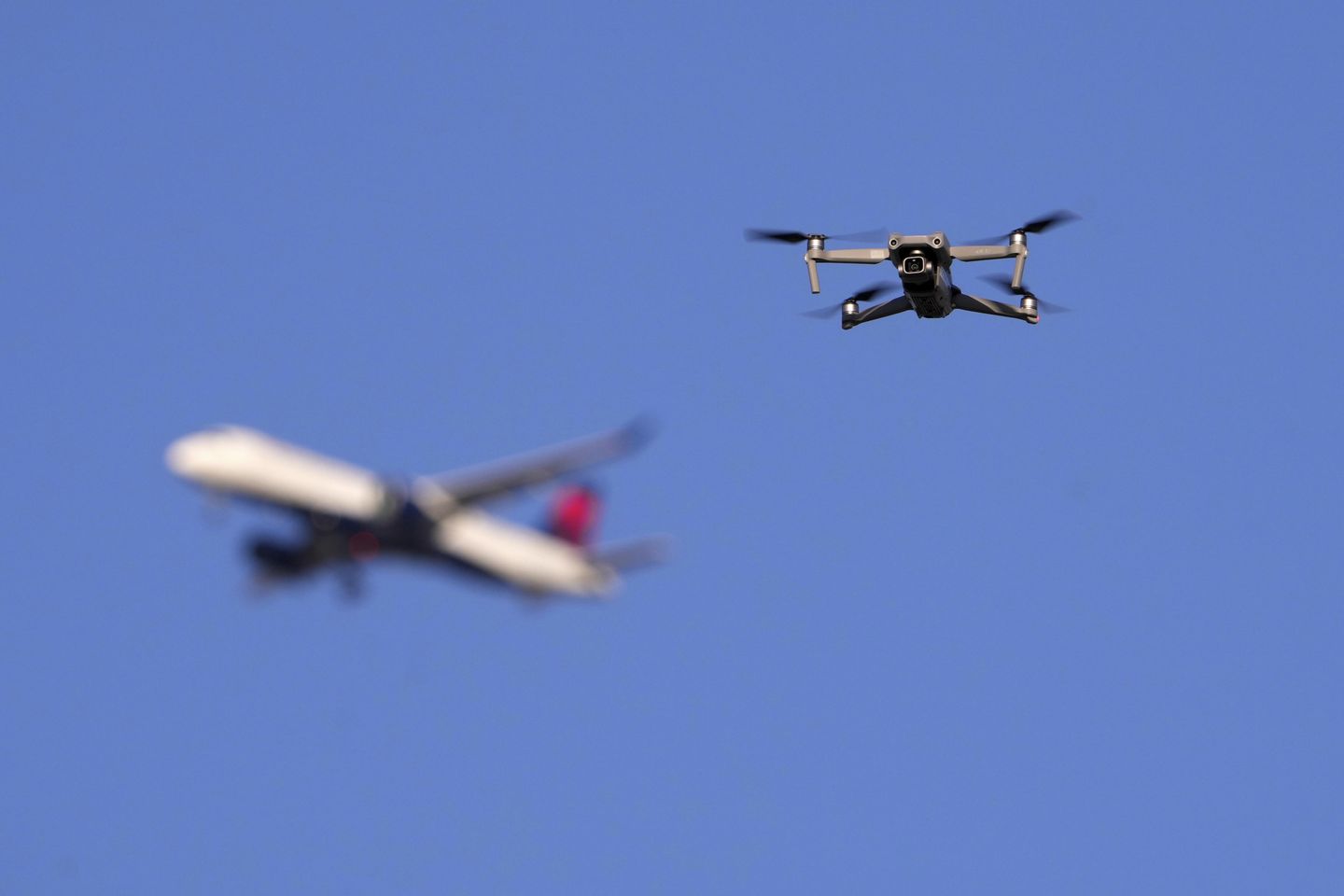
The proliferation of drone technology is rapidly outpacing the ability of governments to ensure they are used safely and legally, lawmakers were warned in a hearing Tuesday.
Unmanned aircraft systems [UAS] are revolutionizing law enforcement operations by providing a cost-effective aerial perspective that can aid in crime scene investigations, search and rescue, and surveillance missions.
But with the growth of the cheap and easy-to-operate drone market comes an increasing threat of misuse, whether intentional or negligent, UAS experts testified to Congress on Tuesday during a hearing held by the House Judiciary Subcommittee on Crime and Federal Government Surveillance.
“The ability of public safety agencies to detect and mitigate unauthorized or threatening drones has become a national imperative,” said Sgt. Robert Dooley, the head of the Florida Highway Patrol’s drone program. “Public safety agencies now face a complex airspace risk.”
Criminal gangs are increasingly using drones to smuggle drugs, weapons, and contraband into correctional facilities or across the U.S.-Mexico border.
Public safety agencies must be able to detect, identify, and mitigate UAS threats in real-time. If not, they will be operating blind in a shared airspace that increases risks to both first responders and the public, Sgt. Dooley said.
Rep. Andy Biggs, Florida Republican, said drones are increasingly causing a danger at the nation’s airports by interfering with normal operations.
The Federal Aviation Administration recorded 10,000 UAS airport incursions from January to June 2025 – a 13% increase over the same period last year.
“It’s a violation of restricted airspace and a potential catastrophe for passenger safety,” said Mr. Biggs, the chairman of the House Judiciary Subcommittee on Crime and Federal Government Surveillance. “But our response architecture is fragmented. Most of our airports lack dedicated counter UAS systems.”
Catherine Cahill, the director of the Alaska Center for Unmanned Aircraft Systems Integration at the University of Alaska at Fairbanks, said she is often asked why law enforcement officials can’t simply shoot down drones that suddenly appear over restricted airspace like military bases.
The answer isn’t straightforward, Ms. Cathill told the Capitol Hill lawmakers. Federal law characterizes an Unmanned Aerial Vehicle as an aircraft, and all of the laws made for traditional manned aircraft apply to them.
“Shooting a UAS is a federal offense with applicable jail time and fines,” she said. “Most law enforcement operators dealing with unauthorized UAS do not have the legal authority to do so.”
Only a handful of federal agencies – the Department of Energy, the Department of Homeland Security, the Department of Justice, and the Pentagon – have been granted any leeway in shooting down or jamming drones, Ms. Cahill said.
Drones can be a valuable tool to help first responders search for survivors during a disaster, and can help ensure officer safety by allowing them to remotely view a potentially dangerous situation, said Rep. Lucy McBath of Georgia, the top Democrat on the subcommittee.
“But in the wrong hands, drones can be used to invade privacy,” she warned. “They have been used to deliver illegal drugs, weapons, and cell phones into prisons.”
The FAA estimated there were more than 2.8 million drones in the United States at the end of 2024, of which about 1.9 million were recreational users. Today, drones outnumber manned aircraft by nearly 13-to-1.
According to the FAA, the total number of UAS will grow by more than 10% within five years, said Ryan Wallace, a professor of aeronautical science at Embry-Riddle Aeronautical University.
Drones were once limited only to governments or those with the resources and training to operate manned aircraft. But that’s no longer the case, Mr. Wallace testified.
“The accessibility, affordability, and automation have now placed these capabilities within reach of anyone with a few hundred dollars,” he said. “This creates a disproportionate multiplier for bad actors.”
The destructive potential of consumer drones gained global attention in the ongoing war between Ukraine and Russia.
In June 2025, Kyiv launched Operation Spiderweb, smuggling a score of small drones into Russia to conduct rapid, accurate, and devastating attacks against strategic military aircraft.
“These attacks were executed with near impunity, highlighting the critical vulnerability gap posed by UAS threats,” Mr. Wallace told lawmakers. “The remote nature of such attacks left no one to arrest or hold accountable.”
Ms. Cahill is pushing for Washington to invest in more training for law enforcement agencies to operate against drone bad actors and to develop clear UAS guidance for police about applicable laws, policies, and procedures.
“This investment will help not only our law enforcement organizations here at home, but also our military overseas as they deal with malicious UAS,” she said. “The U.S. should be the world leader in the development and deployment of these technologies. If we do not move fast enough, the criminals and our enemies will win the UAS war.”





![Gavin Newsom Threatens to 'Punch These Sons of B*thces in the Mouth' [WATCH]](https://www.right2024.com/wp-content/uploads/2025/08/Gavin-Newsom-Threatens-to-Punch-These-Sons-of-Bthces-in-350x250.jpg)
![ICE Arrests Illegal Alien Influencer During Her Livestream in Los Angeles: ‘You Bet We Did’ [WATCH]](https://www.right2024.com/wp-content/uploads/2025/08/ICE-Arrests-Illegal-Alien-Influencer-During-Her-Livestream-in-Los-350x250.jpg)







